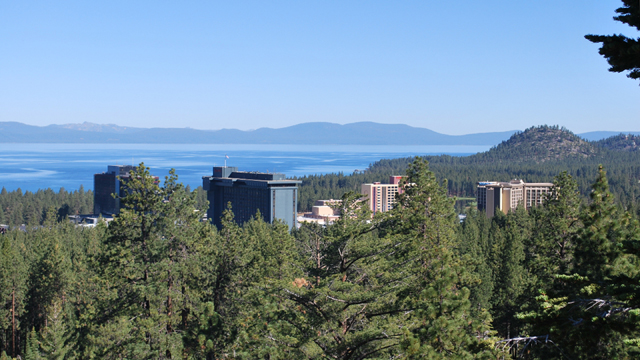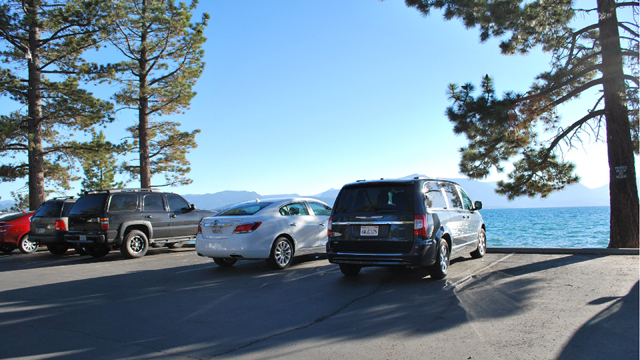California Governor Jerry Brown signed legislation over the weekend that reaffirms the state’s commitment to working with Nevada to preserve Lake Tahoe. Nevada had threatened to quit the bi-state agency that has controlled development around the lake for more than 40 years.
The Tahoe Regional Planning Agency (TRPA), created by Congress in 1969, reined in rampant development that reduced the lake’s fabled clarity. TRPA determines everything from the number of private residences that can be built (only 130 per year), to the color they can be painted (browns and greens are preferred). Nevada had threatened to pull out of the partnership by 2015, arguing that rules were too stringent and TRPA unresponsive to the needs of developers and homeowners.

A new regional plan approved by TRPA in 2012 has helped address Nevada’s complaints. The plan gives more control to local governments, allows for higher density of buildings in city centers and encourages developers to buy old buildings in exchange for allowances to expand newer construction.
Old buildings lack modern systems to keep stormwater runoff out of the lake, and are a continuous source of the microscopic dirt particles that scientists have found reduce the lake’s clarity. New construction is required to have modern filtration systems that intercept the flow of sediment on its way to the lake. TRPA also hopes to encourage developers to tear down old buildings and restore them to meadows that can filter storm runoff before it reaches the lake.

But the Sierra Club is dubious about the TRPA’s claims and is suing the agency over the new plan. The environmental group argues that delegating more control to local governments could lead to more construction, which would cause more sediment to flow into the lake.